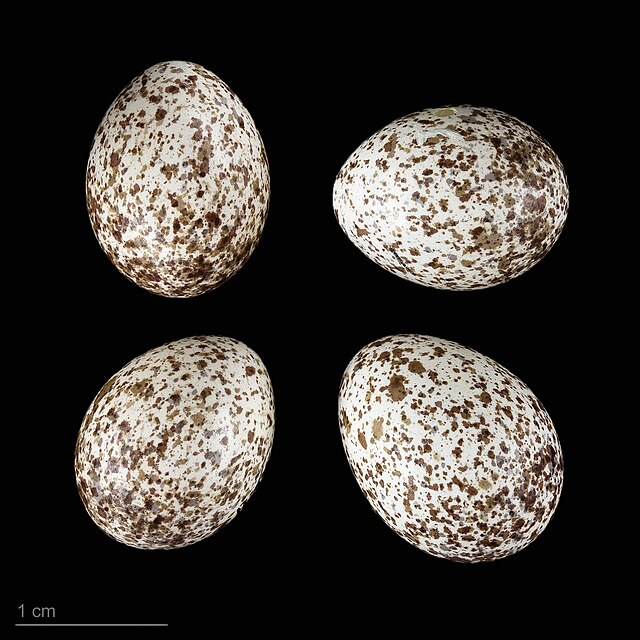Top Qs
Timeline
Chat
Perspective
Western Bonelli's warbler
Species of bird From Wikipedia, the free encyclopedia
Remove ads
The western Bonelli's warbler (Phylloscopus bonelli) is a warbler in the leaf warbler genus Phylloscopus. It was formerly regarded as the western subspecies of a wider "Bonelli's warbler" species, but as a result of modern taxonomic developments, they are now usually considered to be two species:[2][3]
- Western Bonelli's warbler, Phylloscopus bonelli, which breeds in southwest Europe and north Africa
- Eastern Bonelli's warbler, Phylloscopus orientalis, which breeds in southeast Europe and Asia Minor
The breeding ranges of the two species do not overlap; while their appearance and songs are very similar, the calls are completely different (see below). They also show marked difference in mtDNA sequence.[4]
The species is migratory, wintering in sub-Saharan Africa. It is a rare vagrant in Northern Europe.
The genus name Phylloscopus is from Ancient Greek phullon, "leaf", and skopos, "seeker" (from skopeo, "to watch").[5] The English name and the specific bonelli are for the Italian ornithologist Franco Andrea Bonelli.[6]
Remove ads
Description
Summarize
Perspective

Western Bonelli's warbler is a small passerine bird, found in forest and woodland. Four to six eggs are laid in a nest on the ground. The eggs are white with reddish-brown markings and are laid in clutches of 3-5 eggs. The incubation period is around 14 days long, and the chicks fledge after 10-14 days.[7] Cuckoo nest predation and brood parasitism are major hazards to the breeding success of western Bonelli's warblers.[8] Like most warblers, western Bonelli's warbler is insectivorous.
The adult has a plain grey-green back, green-toned rump and wings and whitish underparts. The bill is small and pointed and the legs brown. The sexes are identical, as with most warblers.
The western Bonelli's warbler has a browner tinge to the upperparts than the eastern Bonelli's warbler; the latter sometimes has a greenish tinge instead. The song is a fast monotone trill, only slightly different from eastern Bonelli's, and also with some similarity to the wood warbler. The call of the western Bonelli's warbler is a disyllabic hu-it, differing from that of the eastern Bonelli's warbler which is a hard chup, reminiscent of a crossbill or a house sparrow.[9]

Remove ads
References
External links
Wikiwand - on
Seamless Wikipedia browsing. On steroids.
Remove ads



